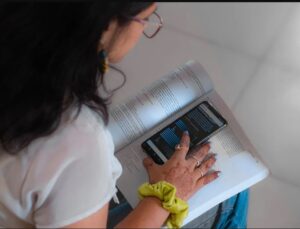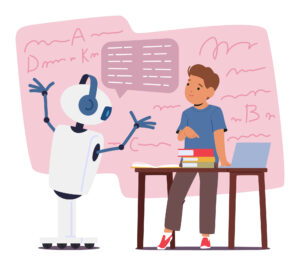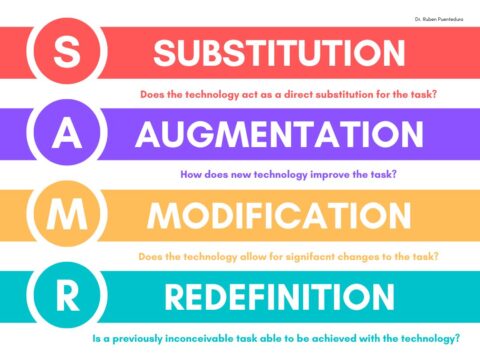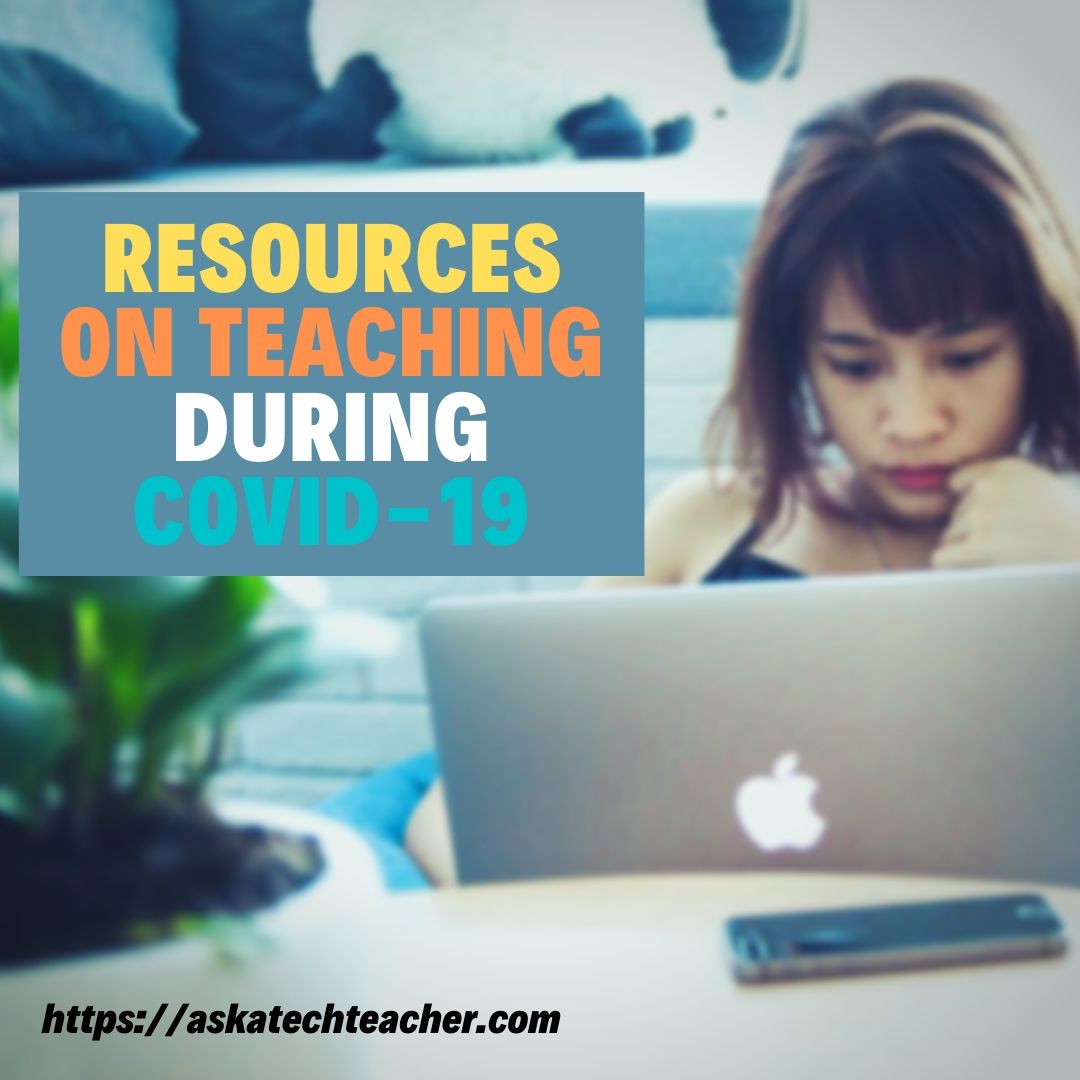Legal Risks and Obligations for Schools Using AI Tutors
AI tutors are quickly changing how students learn, offering personalized support across different subjects and formats. But as these tools become more common in schools, serious questions about their legal impact arise.
Who is responsible if an AI gives bad advice or shares sensitive student data? What happens when these systems enter specialized areas like medical training or behavioral support?
Many educators and administrators feel unprepared to manage these legal and ethical challenges effectively. Schools must now balance innovation with compliance, oversight, and long-term accountability.
This article will explore the legal risks and obligations schools face when integrating AI tutors into education.
Data Privacy and Student Protection
AI tutors collect personal data, often without students realizing its full extent. Schools must protect this information according to local and international data privacy laws. Regulations like FERPA and GDPR define how data must be handled.
NC State University notes that FERPA applies to all U.S. schools that receive federal funding, covering student education records. It protects how schools collect, use, and share personal information about students and their families. On the other hand, GDPR applies to institutions within the European Economic Area (EEA) and any outside group handling EEA citizens’ data.
Failure to comply with these laws can lead to serious legal consequences. Schools should only work with vendors who meet strict security standards. Students and parents deserve transparency about how data is used and stored.
Encryption, limited access, and regular audits help maintain data security across platforms. Schools must ensure consent is properly obtained before collecting sensitive student information. These steps help prevent breaches and maintain trust in digital learning environments.
How does AI affect student data security during remote learning?
AI tools used for remote learning pose additional risks in terms of data privacy. Online learning environments often involve more data exchanges between students and servers. Schools must ensure AI platforms follow secure authentication processes and comply with online learning data protection guidelines.
Liability for AI-Driven Advice and Errors
AI tutors can make mistakes that negatively affect student learning outcomes. Incorrect answers or misleading feedback may create confusion or lower academic performance. If students rely on flawed guidance, schools may face legal accountability.
A University of Pennsylvania study from 2024 found that students using AI for math prep scored lower. Those who used generative AI performed worse on exams than students who didn’t rely on it. The data suggests AI may interrupt real learning when used as a primary tool. Overdependence on AI guidance could damage understanding and weaken long-term academic outcomes.
This shows that it is important to position AI as a tool, not a teacher. Educators should monitor AI use and correct any issues promptly. Contracts with providers must clarify who is responsible for harmful outcomes.
Clear disclaimers should explain AI’s limits and potential for occasional errors. Teachers should train students to verify AI information with real sources. These actions reduce risks and reinforce the role of human oversight.
How can AI tutors affect long-term academic performance?
Over-reliance on AI could lead to gaps in fundamental skills, as students may not critically engage with the material. Schools should monitor student performance regularly to identify learning disruptions. Combining AI with traditional educational methods ensures a well-rounded approach to student development.
AI’s Role in Complex Educational Fields
AI tutors play an important role in helping students navigate complex topics. These tools break down difficult material into interactive, engaging formats that enhance learning. For example, in subjects like pharmacology, students rely on accurate, up-to-date information. Addiction medicine, in particular, benefits from realistic case simulations that reflect real-world treatment challenges.
As opioid addiction remains a global health concern, medications like Suboxone are commonly discussed in training programs. Suboxone is widely used to manage opioid dependence, but it has been linked to serious side effects.
According to TorHoerman Law, some users have reported severe dental issues, including permanent tooth decay. These complications have become the focus of lawsuits, with claims that manufacturers failed to provide adequate warnings. The lawsuits seek compensation for patients who suffered harmful side effects due to insufficient information.
Suboxone lawsuits highlight the critical need for transparency in medication risk disclosure. AI tutors can help students explore both the therapeutic use and legal controversies surrounding such medications. Medical programs must prevent students from receiving outdated or incomplete information by ensuring ongoing content review. AI should support and enhance the expertise of medical educators, not replace them.
How can AI simulate real-world medical challenges?
AI can create interactive, scenario-based learning tools that simulate medical situations like diagnosing diseases or managing treatments. These systems allow students to explore various paths in problem-solving, mimicking the uncertainty and complexity of real-world medical practice. Constant content reviews ensure AI stays relevant to current medical knowledge.
Compliance with Accessibility and Inclusion Laws
Partners for Youth with Disabilities states that schools must ensure AI tutors are usable by students with disabilities. Laws like the ADA mandate equal access to digital educational content. Since 1990, the ADA has helped universities improve access for students with disabilities. Title II of the ADA requires public colleges to make services and programs fully accessible.
AI platforms should support screen readers and offer flexible input options. Captions and keyboard navigation features help students with visual or motor impairments. Accessibility audits should be performed regularly to identify and fix potential issues. Inclusive design benefits not only disabled students but the entire learning community.
Schools risk legal action if AI systems exclude or disadvantage specific groups. Vendors must demonstrate that their tools meet official accessibility standards and guidelines. Prioritizing access creates a better learning experience for every student enrolled.
How can schools test the accessibility of AI tools?
Schools should perform usability tests with diverse student groups, including those with disabilities, to assess AI tools’ effectiveness. Feedback from students with different needs can help identify accessibility gaps. Partnering with accessibility experts or consultants ensures that AI platforms meet necessary inclusivity standards.
Handling Intellectual Property and Content Ownership
AI tutors often use third-party content, raising intellectual property concerns. The University of South Florida mentions that the content often includes text and images taken without the creators’ permission or awareness. As of April 2024, multiple lawsuits challenge AI platforms for using unlicensed content in training. These cases argue that using creators’ work without consent violates existing copyright protections.
Schools must clarify who owns the rights to AI-generated educational materials. Proper licensing agreements protect schools from copyright infringement claims.
AI vendors should disclose sources and permissions for all content used. Teachers and students need guidance on using AI outputs responsibly. Schools should educate stakeholders about plagiarism and proper attribution practices.
Clear policies prevent the unauthorized sharing or reproduction of protected materials. Intellectual property disputes can cause costly legal problems and reputational damage. Managing these issues proactively safeguards schools and promotes the ethical use of AI.
How can schools protect their own educational content when using AI?
Schools should register copyrights for original educational content they create and upload to AI systems. Clear terms of use agreements with AI vendors can help protect school-created materials. This ensures that any content generated within the platform remains the intellectual property of the school.
Navigating AI tutors in schools requires a proactive and comprehensive legal strategy. Prioritizing strong data privacy protocols protects student information from potential misuse. Schools need clear agreements outlining liability with AI vendors to avoid future conflicts.
Regular monitoring of AI’s impact helps ensure it supports rather than disrupts learning goals. Meeting accessibility requirements guarantees that all students benefit equally from AI tools. Managing intellectual property rights is essential for ethical and lawful AI use. These legal steps create a safe, fair, and effective digital learning environment.
–Image credit Pexels
Here’s the sign-up link if the image above doesn’t work:
https://forms.aweber.com/form/07/1910174607.htm
“The content presented in this blog are the result of creative imagination and not intended for use, reproduction, or incorporation into any artificial intelligence training or machine learning systems without prior written consent from the author.”
Jacqui Murray has been teaching K-18 technology for 30 years. She is the editor/author of over a hundred tech ed resources including a K-12 technology curriculum, K-8 keyboard curriculum, K-8 Digital Citizenship curriculum. She is an adjunct professor in tech ed, Master Teacher, freelance journalist on tech ed topics, and author of the tech thrillers, To Hunt a Sub and Twenty-four Days. You can find her resources at Structured Learning.










































